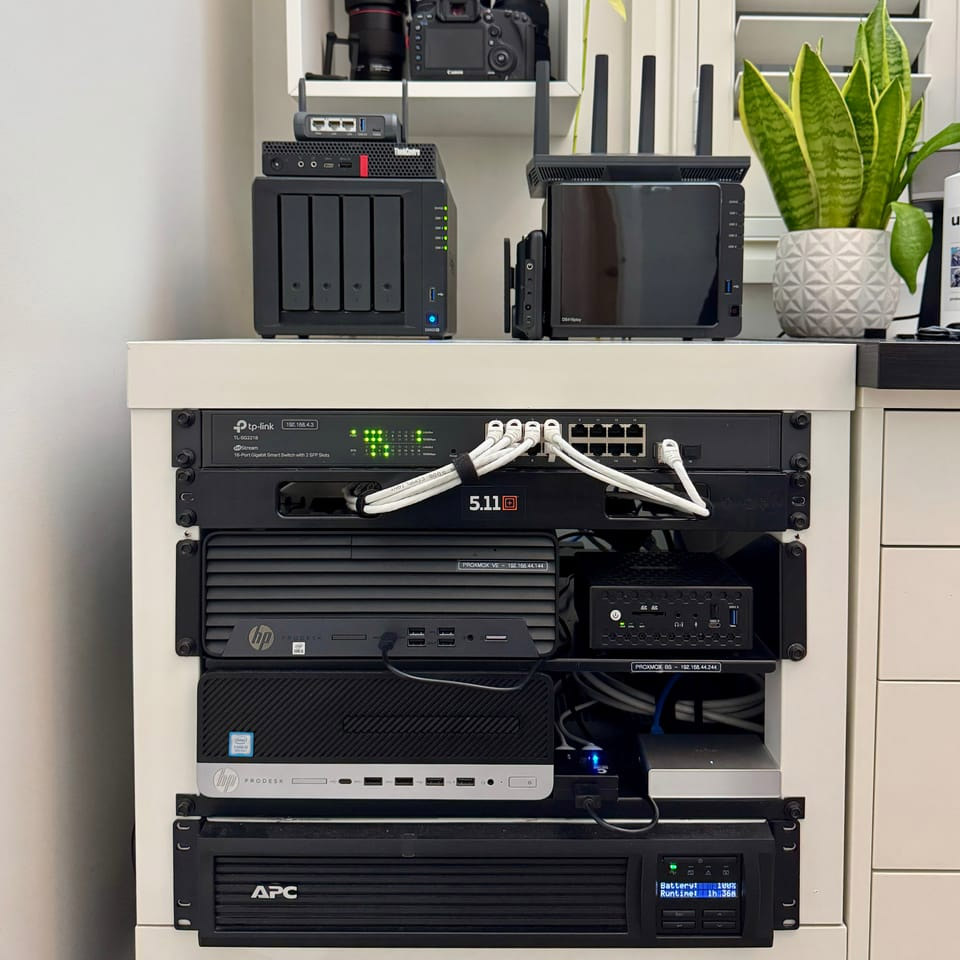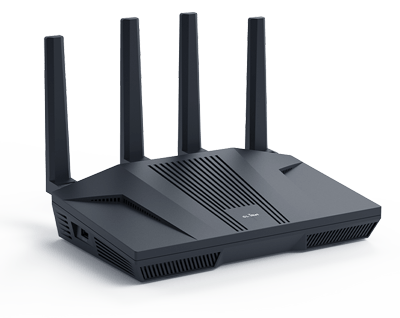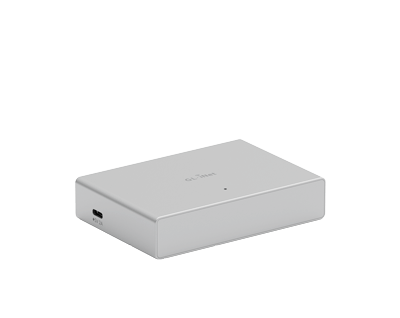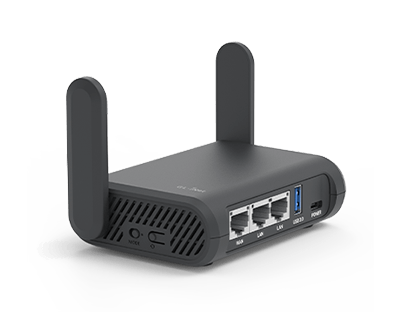How GL.iNet Changed My Homelab

For today’s post, I’d like to share how I’ve incorporated GL.iNet products into my homelab setup and everyday workflow.
From my Internet Service Provider, I have a 1000/100 Mbps connection, and it’s currently running on my GL.iNet Flint 2 router. Before the Flint 2, I was using a custom-built OPNsense router on a Lenovo ThinkCentre with 4-port 1gbe ethernet card running 4 VLANs, a managed PoE switch, and two Ruckus Unleashed APs just to cover the house with Wi-Fi.
But from 14th September this year, our broadband has been upgraded to 2000/500 Mbps, so instead of buying new multi-gig NIC for my OPNSense router, I decided to fully switch over to the Flint 2. With its dual 2.5 GbE ports and Wi-Fi 6, it just made sense. Since then, I’ve decommissioned my old firewall, 8-port PoE switch, and even the two Ruckus APs because the Flint 2 alone now covers my entire house, backyard, and front yard better than that whole setup ever did.
Now, let me walk you through my homelab.
I chose IKEA LACK RACK as my cabinet for stacking my homelab equipment not just because it is cheap but it need to blend in to the rest of my furniture in the home office. By doing it this way, I’ve got an immediate wife’s approval for the setup.
The Flint 2 is the heart of the network. Directly connected is my Proxmox server, which uses its own 2.5 GbE port for maximum speed. The rest of my servers, desktops, and NAS units run through a 16-port managed switch. Speaking of NAS, I run three of them: my DS920+ holds personal files and family photos, weekly backed up to an off-site DS220J, and a DS416Play that hosts all my digitized media.
In the middle of my rack sits my Proxmox VE server running a couple of LXC containers for apps like Vaultwarden, AdGuard, Linkwarden, a couple of websites, and more. I also have 2 VMs that I can spin up anytime I need to test something on Windows Operating System or LinuX OS. Next to my Proxmox VE is my Proxmox Backup Server, syncing backup data into my NAS and out to off-site storage for peace of mind. Below that is an older Proxmox box, now idle, but ready to be repurposed.
Here’s where the GL.iNet Comet PoE comes in. I use it with an HDMI splitter to switch between my Proxmox servers and since both servers has USB-C port in front of it, I can easily swap the keyboard and mouse USB-C cable between the two servers, so yeah, I always have direct screen access when needed. Even though most management is via GUI or SSH, nothing beats having a quick local view especially if I lock myself out with a misconfiguration, it happens! The Comet PoE also doubles as a portable troubleshooting tool: I can grab it from the rack, hook it up to another machine, and instantly start working without extra peripherals.
On the bottom of it all is my APC UPS, protecting my critical gear from power spikes.
And lastly, my favourite travel companion is the GL.iNet Slate Plus (pictured on top of the left hand side Synology NAS). Whenever I’m traveling, I don’t need to reconnect each device individually to hotel Wi-Fi. I just connect the Slate Plus to the hotel Ethernet or guest Wi-Fi, fire up Tailscale or WireGuard, and suddenly my home lab is accessible from anywhere. I even brought it on a cruise: instead of paying $20 per day per device, my whole family shared one internet connection through the Slate Plus. It more than paid for itself right there.
So that’s my setup from Flint 2 powering my home and homelab, to Comet PoE as my field tool, and Slate Plus keeping me connected wherever I go.
In the next couple of days I will have a second internet connection to my house utilizing the 4-port connection from my fibre optical network termination device and hopefully I could get a Flint 3 so I could utilize the 2x 2.5gbe WAN ports as fail-over or load-balancing and still able to connect my proxmox server and 2x desktop computers with its multiple 2.5 GbE LAN ports.
GL.iNet gear has transformed not only my homelab but also the way I travel and work as an IT Field Engineer. I can’t imagine my workflow without it now.
Mentioned products
Remark
This is a guest post from our friend at Oztech Solutions. You can view the original post and more of their content here: https://oztechsolutions.au/how-gl-inet-changed-my-homelab-setup-and-everyday-workflow/

About The Author
Larry, the driving force behind Oztech Solutions, is based in Liverpool, NSW (Southwest Sydney). He brings a wealth of experience, with over 7 years in hands-on IT and a decade in telecommunications, supporting diverse environments from hotels and aged-care facilities to corporate networks. Larry has also contributed valuable insights to GL.iNet through beta testing of new products. You can learn more about Oztech Solutions at https://oztechsolutions.au/about/.
About GL.iNet
GL.iNet builds network hardware and software solutions that bring affordable and secure network connectivity to families and businesses all over the world. We work with a wide range of industries, solving everyday internet problems in offices, and providing complex networking solutions such as smart buildings and IoT Networks. At GL.iNet, We believe all successful businesses build upon a strong and secure foundation, which is why our highest priority is perfecting network security and reliability for our partners.


